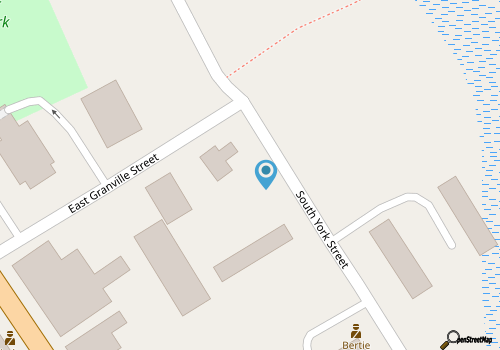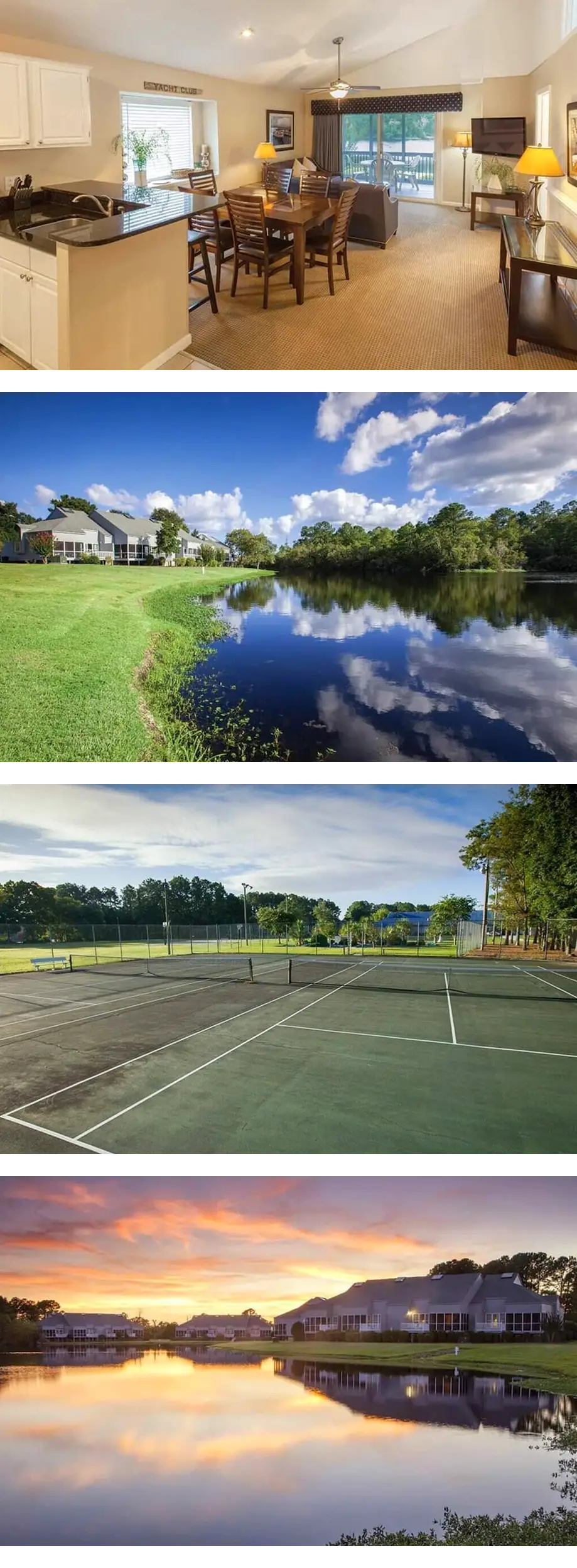The wetlands environment made available to the public by the Walk holds an unbelievable amount of information about the ways in which waterways affect the land. Wetlands are transitional zones between land and water. The water is usually near or above the land's surface. These habitats range from marshes and wet meadows to wooded swamps and seasonally flooded bottomland forest.
Wetlands provide many benefits including food and cover for fish and wildlife, water purification, food protection, erosion control, food and timber products, and opportunities for recreation and enjoyment.
Once viewed as worthless, other than providing timber, hardwood riverbottom wetlands are now recognized as vital ecosystems that are critically important to current and future generations of people, wildlife, and plants, all of which benefit from healthy wetland environments.
Canoe or small boat hand launch piers provide access to several miles of the Cashie River and riverbottom ecosystem. The continuous riparian areas along the river provide productive habitat and important travel corridors for wildlife such as white-tailed deer, black bear, wild turkey, raccoon, opossums, rabbits, and squirrels.
A pedestrian bridge provides handicap access by boardwalk to the swamp floor and allows the visitor to experience the wetlands first hand. Wind through the bald cypress and water tupelos. The rich soils of bottomlands make for productive timberland.
The Cashie River winds auspicioulsy through Bertie County for more than 20 miles. The Cashie begins and ends within the county boundaries and has a depth of 80 feet in places. The river provides a spawning area for herring, shad, and striped bass and supports game fish including redfin, pickerrel, sunfish, cappie, catfish, and largemouth bass.
Cavity-nesting species like pileated woodpeckers, wood ducks, white breasted nuthatches, and barred owls take to the abundant dead trees and snags that form in the wetlands.
Sit at the obervation deck at different seasons of the year and after rain storms to experience the dynamics of the riverine environment. Riverbottom wetlands store and retard flood waters during wet seasons then gradually release it during dry periods. Wetlands also protect and recharge our ground water aquifiers.
The knees of the cypress trees stick up from the swamp floor as little gnomes around the base of the tree. The knees are part of the tree's root system and provide oxygen to the roots in the water logged soil. The buttressed trunks of the cypress, tupelo, and black gum trees help stabilize them in the wet soil.
Is this your business? Update your listing by messaging us
Summary:Fairfield Harbour sits along the banks of the Neuse River in beautiful New Bern, a city dating back to 1710. You'll find a full array of amenities here, ranging from land and water sports to river cruises, live entertainment, and the chance...


